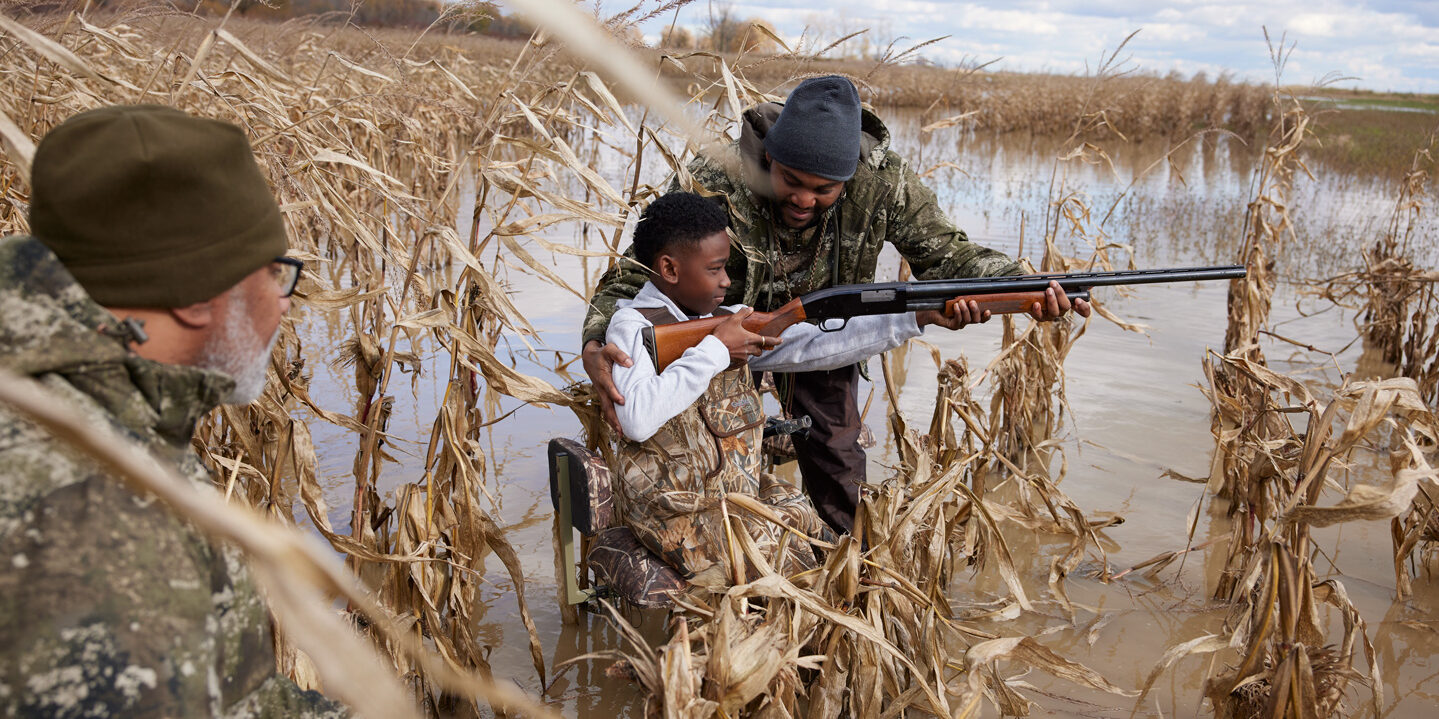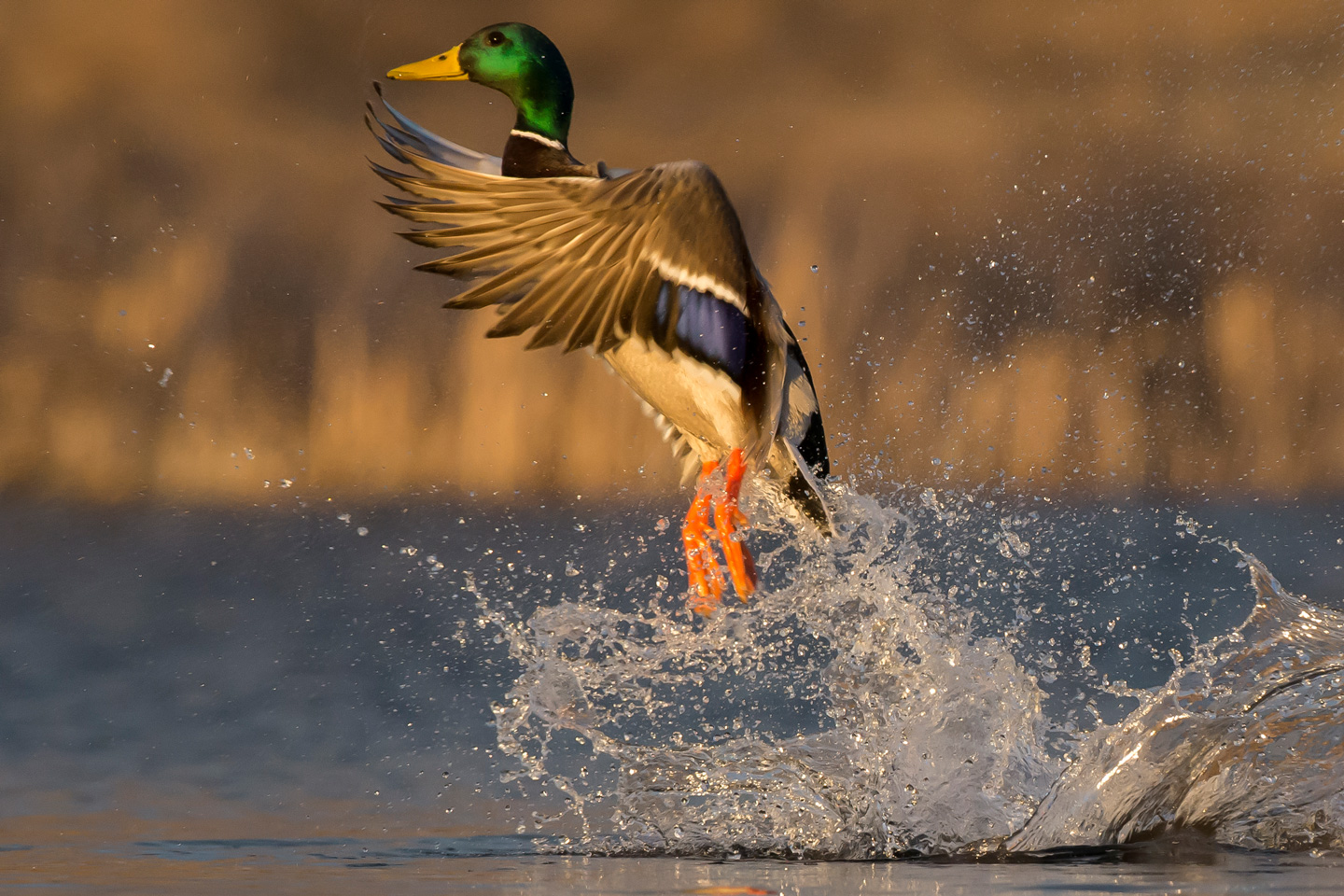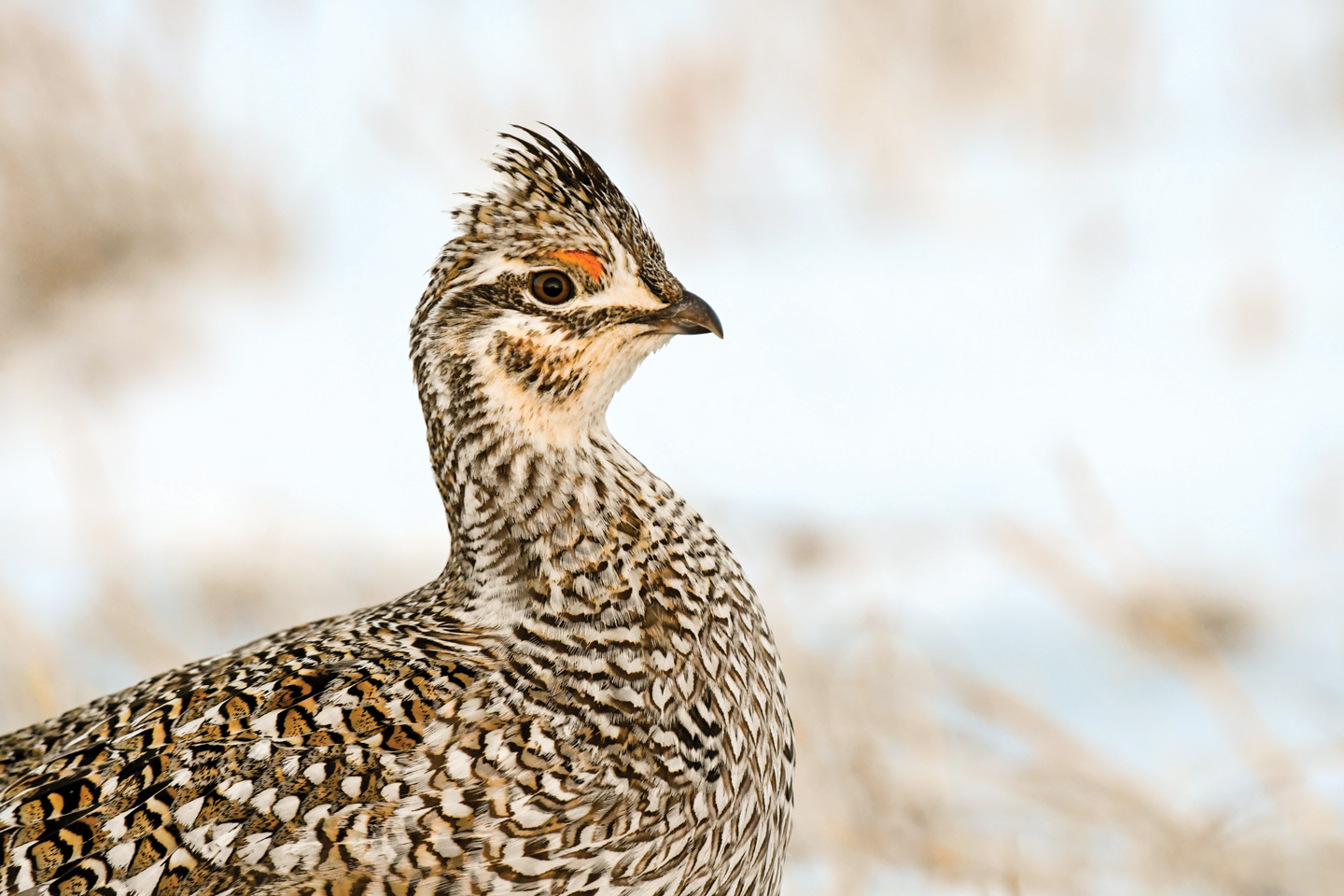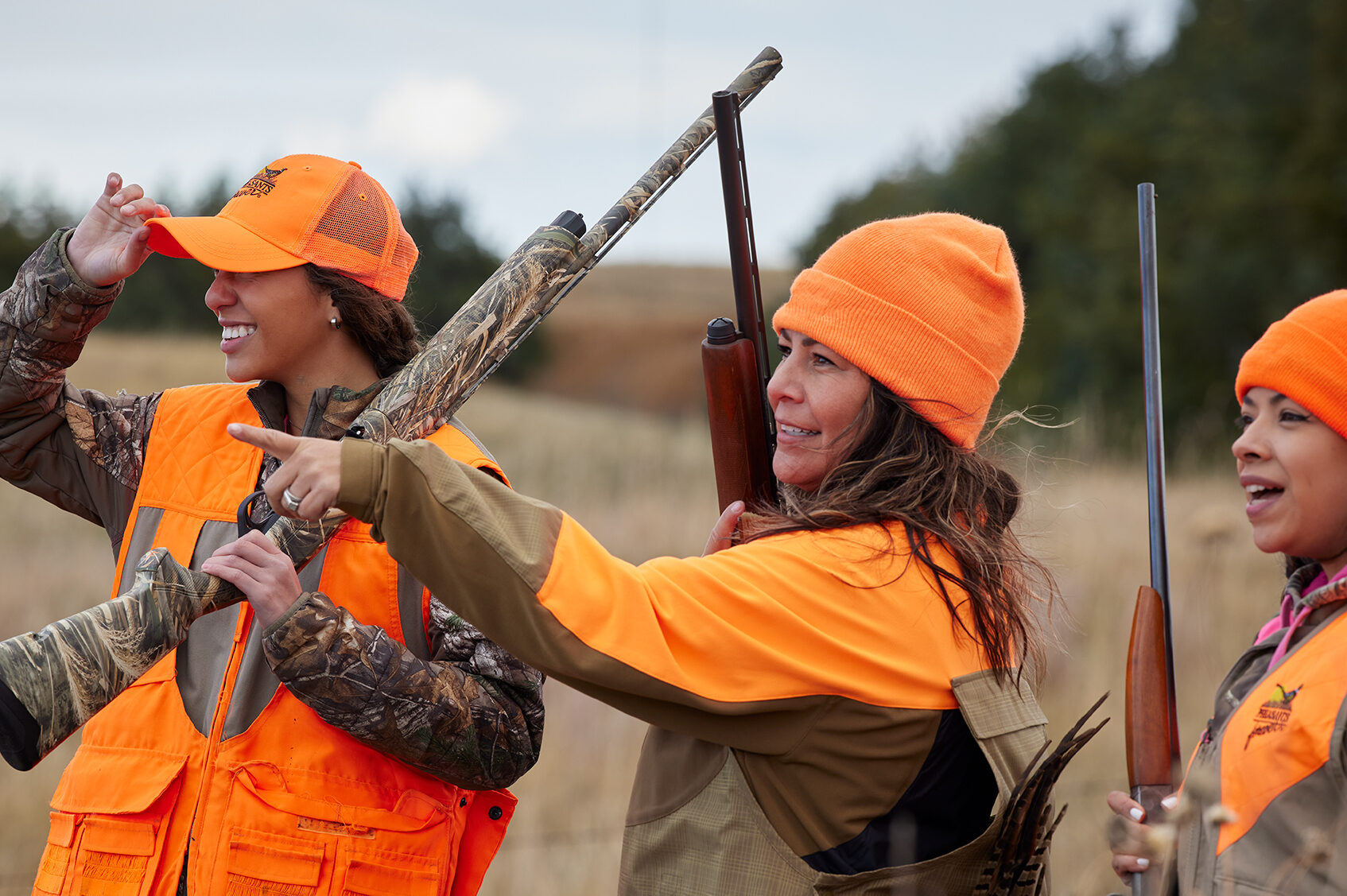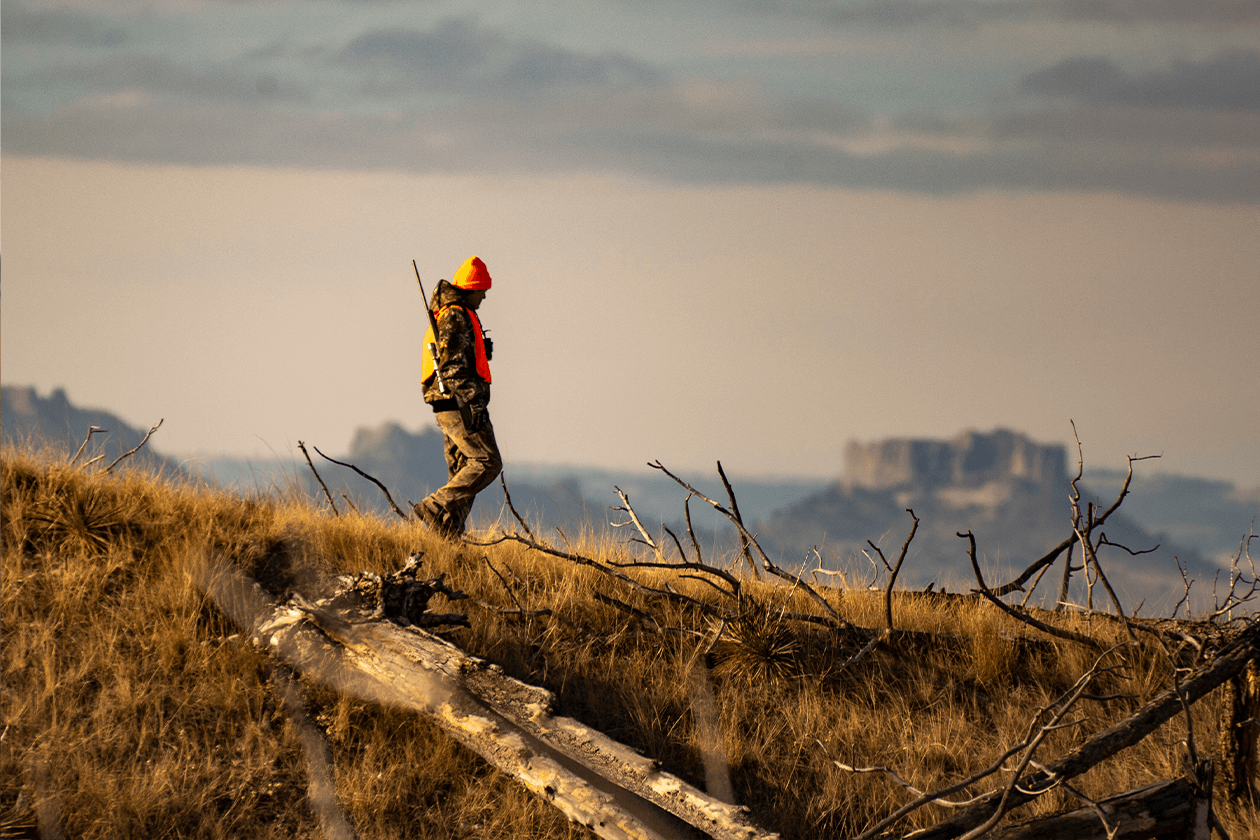Bag limit choices
Hunters will be required to select one of two categories for duck hunting season when they apply for their HIP number. These regulations do not apply to goose limits or during the early teal season in Nebraska.
Tier I
The first category, Tier I, is the traditional six duck limit, including all species and sex requirements. The possession limit of three times the daily bag limit, or 18 ducks, will apply. Find the complete set or requirements in the current Small Game and Waterfowl Guide.
Tier II
The second category, or Tier II, is a three-duck limit with no species or sex restrictions. Hunters will be able to harvest three ducks of any legal species. The possession limit of three times the daily bag limit, or nine ducks, will apply. A HIP number will be required to choose this category.
Not sure which to choose?
Required permits
Waterfowl hunters age 16 or older, regardless of Tier choice, will be required to have the following licenses and permits:
- Small game hunting permit
- Nebraska habitat stamp
- Nebraska waterfowl stamp
- Federal duck stamp
- Harvest Information Program number
Note: Those Nebraska residents under the age of 16 will be required to register for a HIP number to participate in Tier II, but are not required to purchase a hunting license, habitat stamp, state or federal duck stamp.
Hunters from out-of-state, even those under the age of 16, still are required to have all of the permits listed above.

